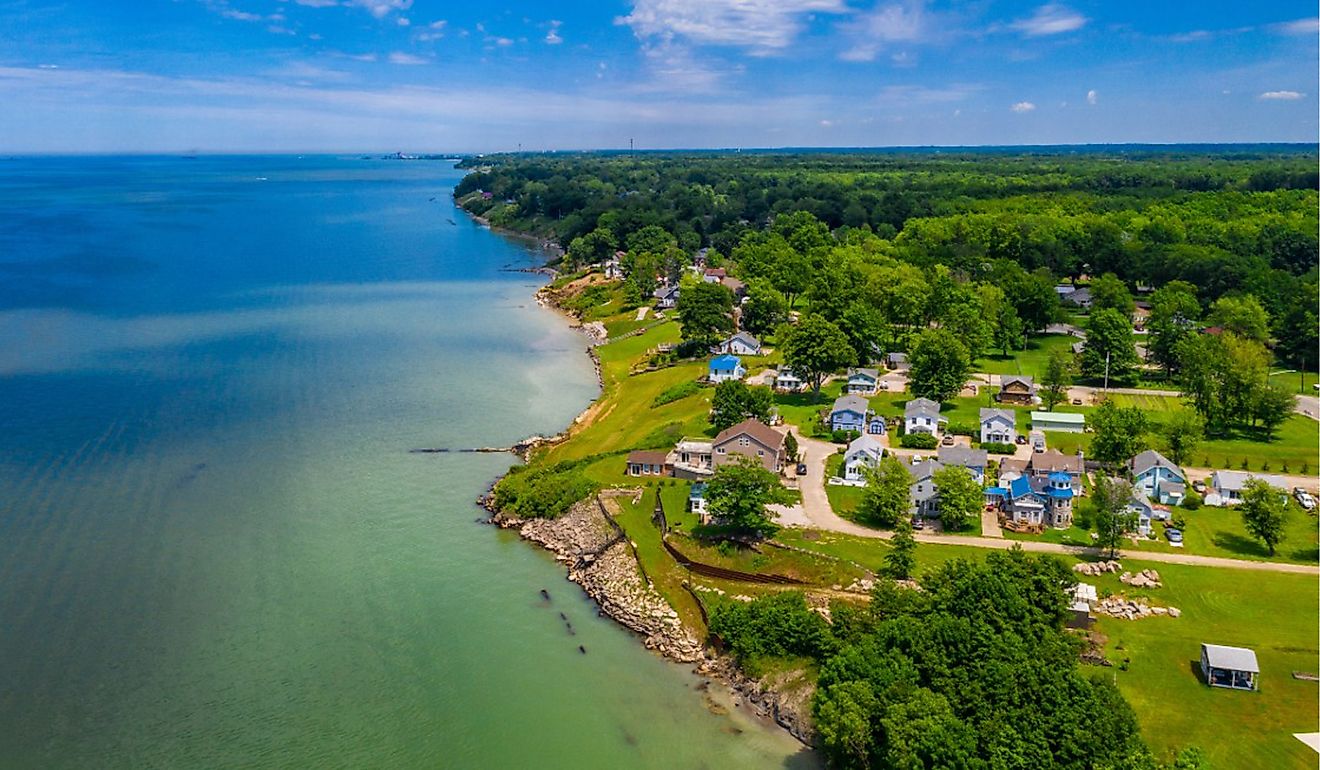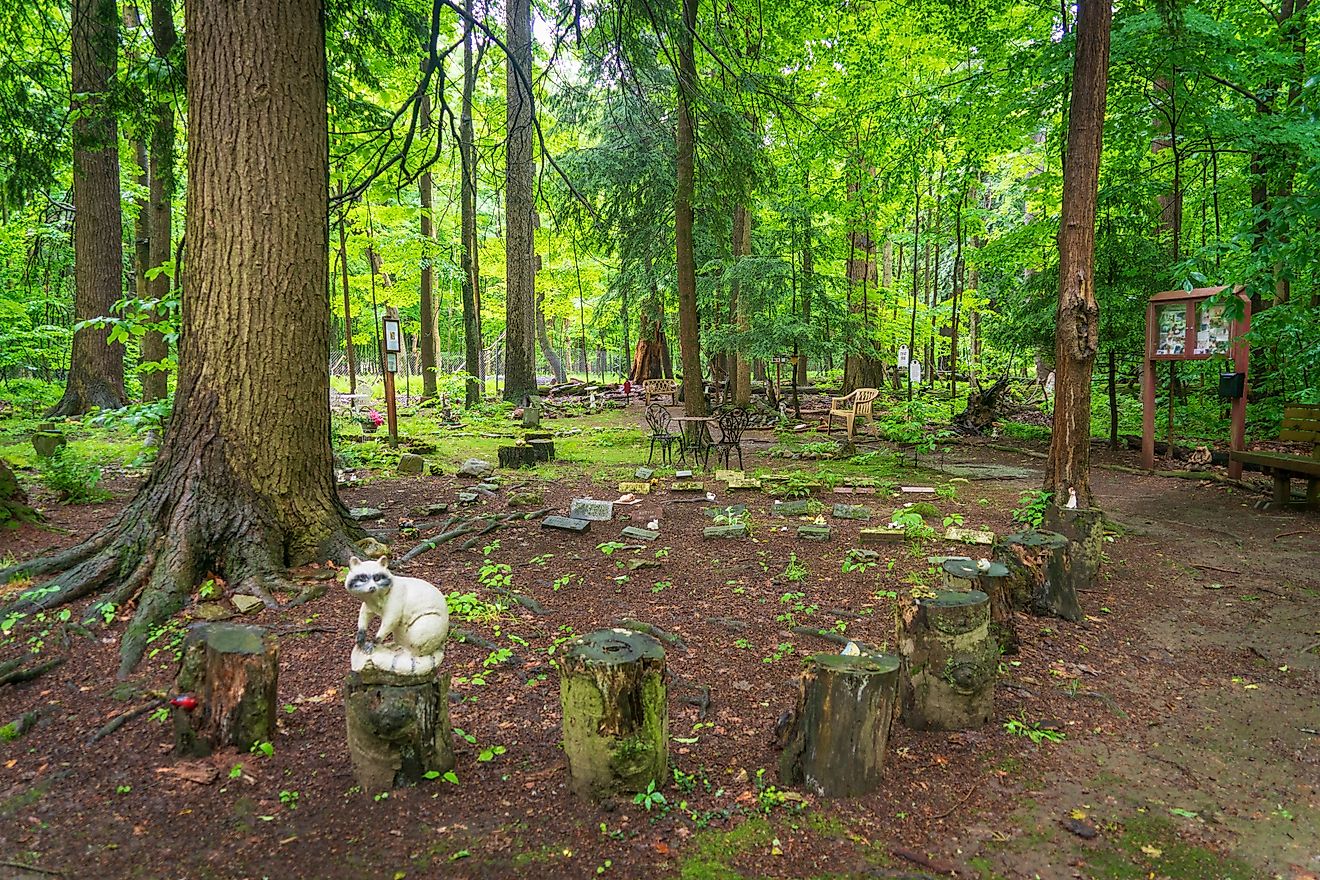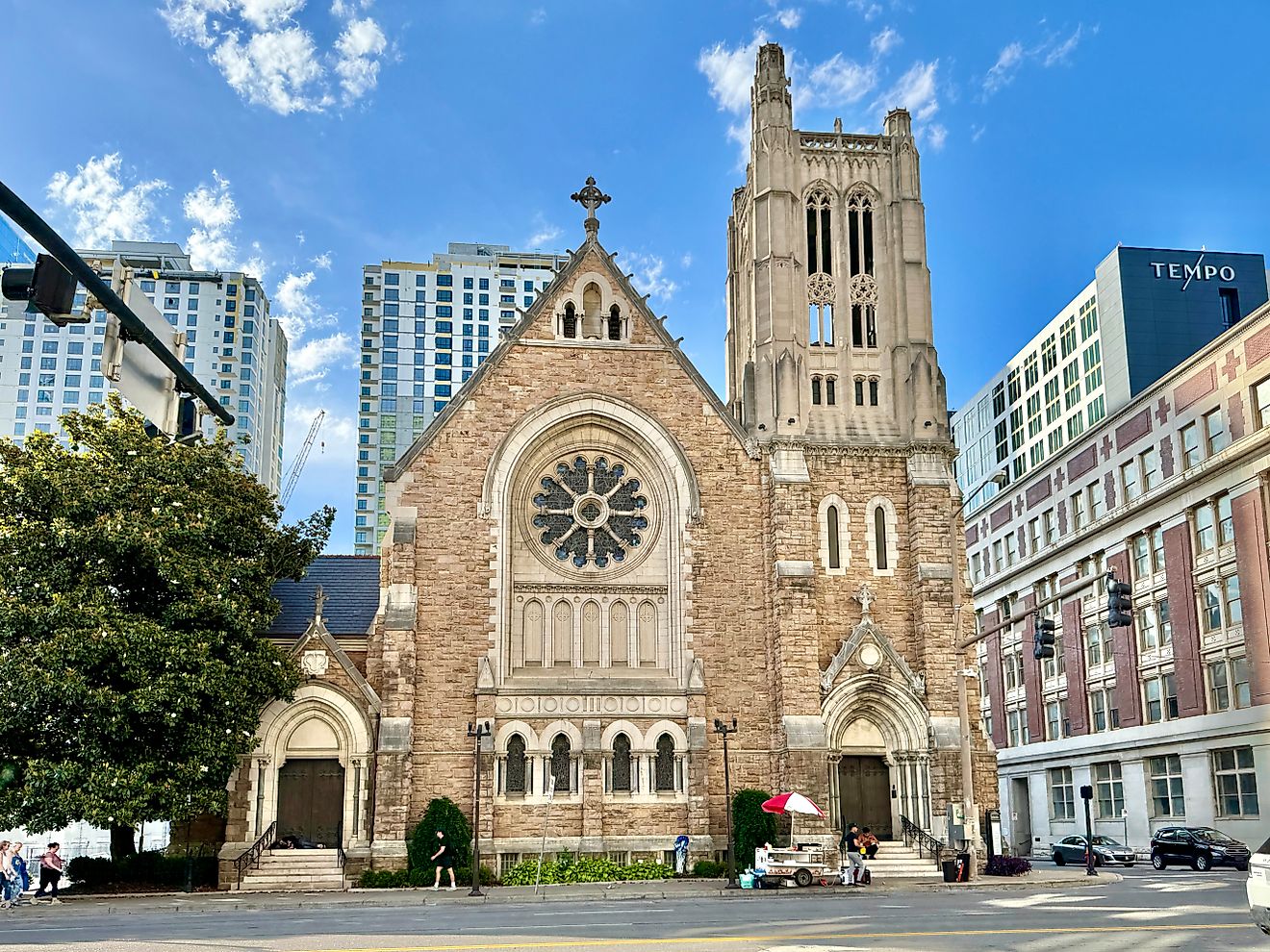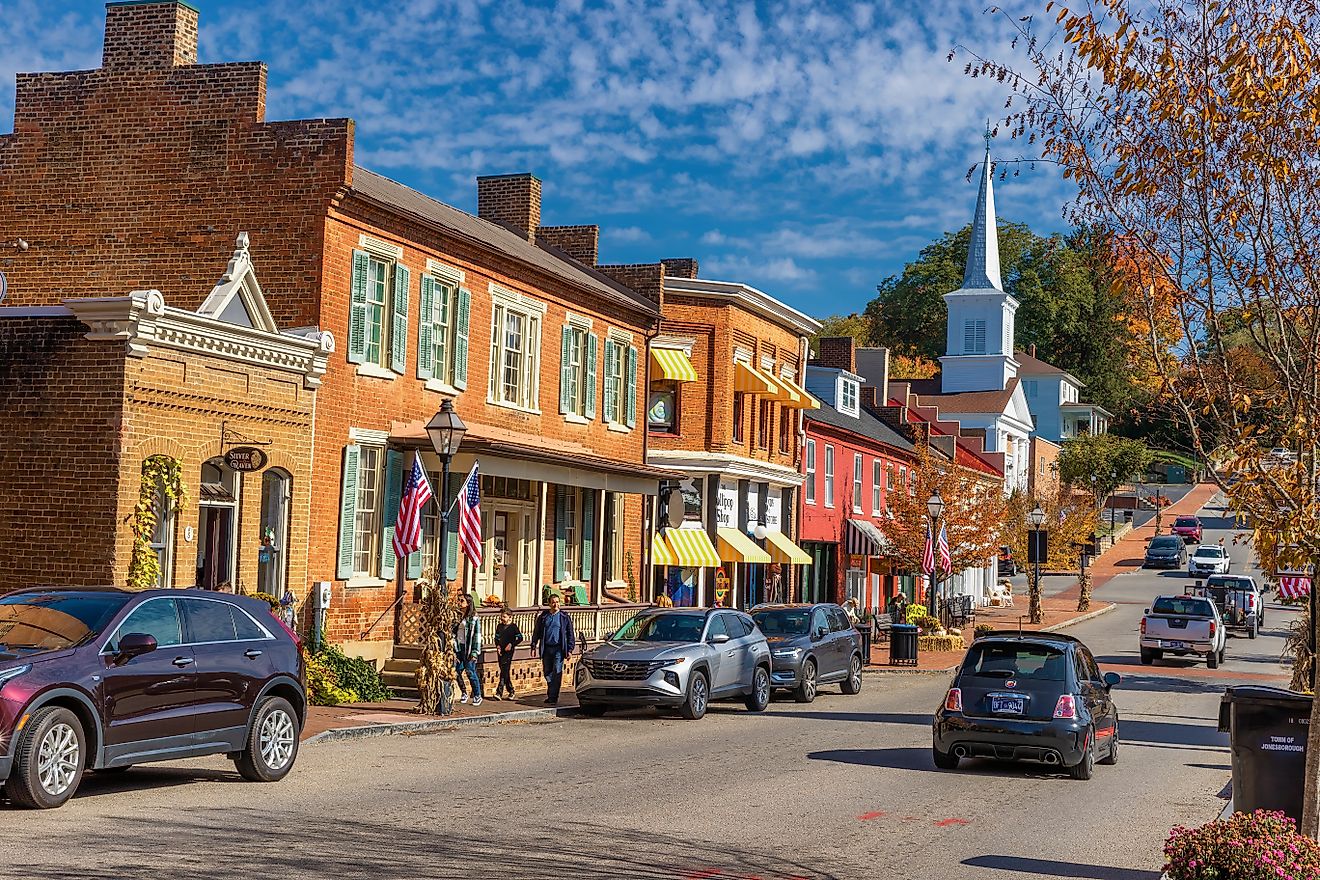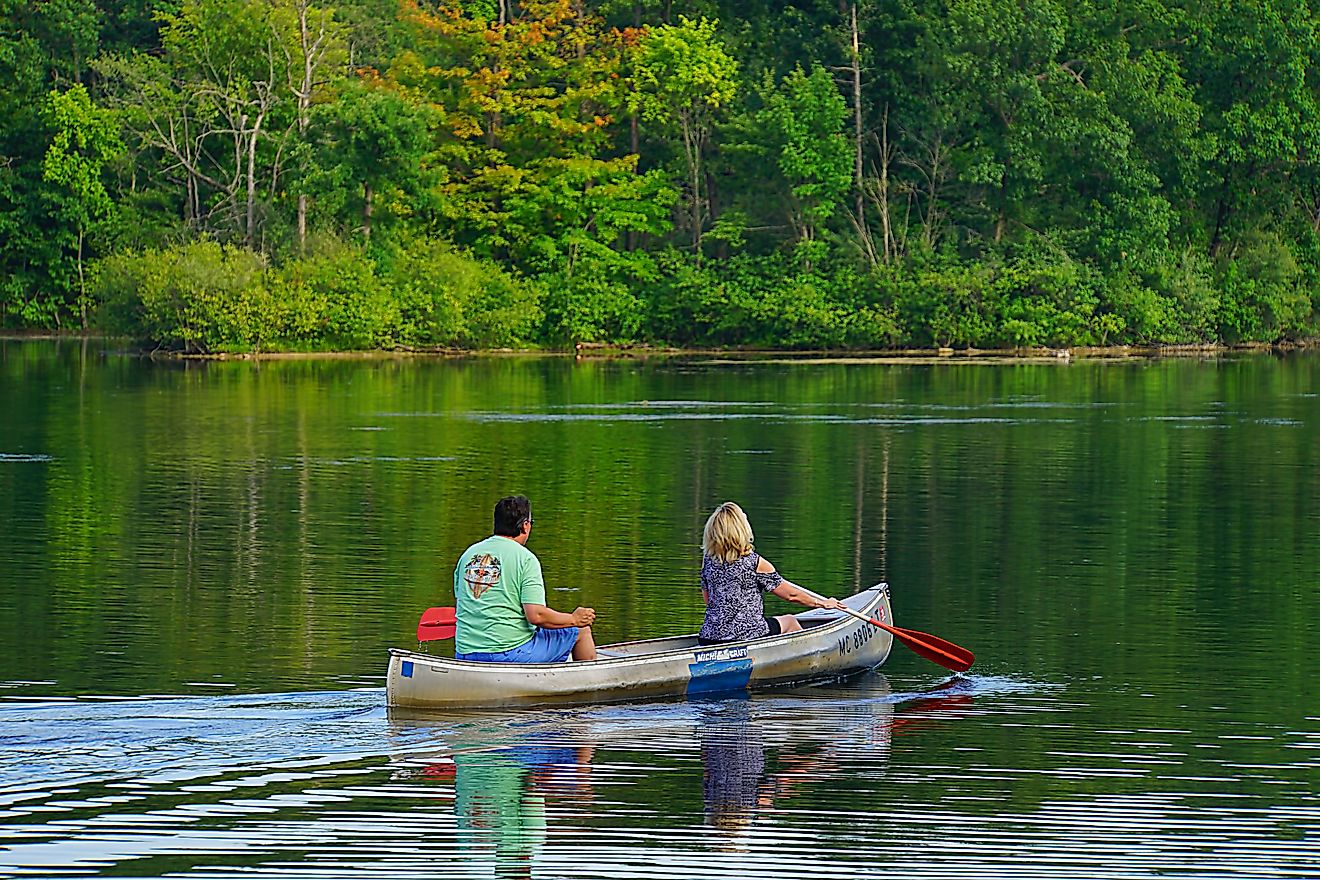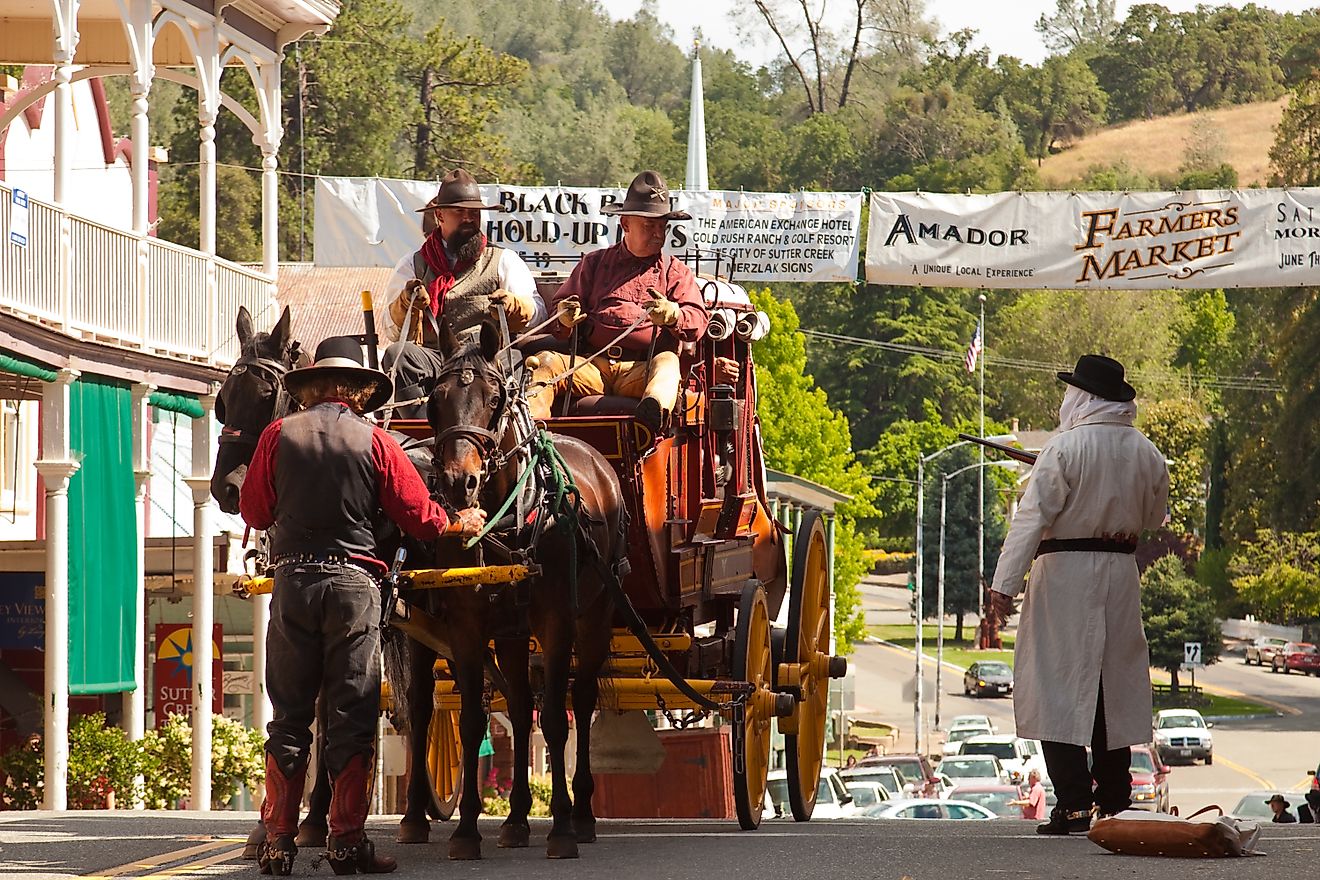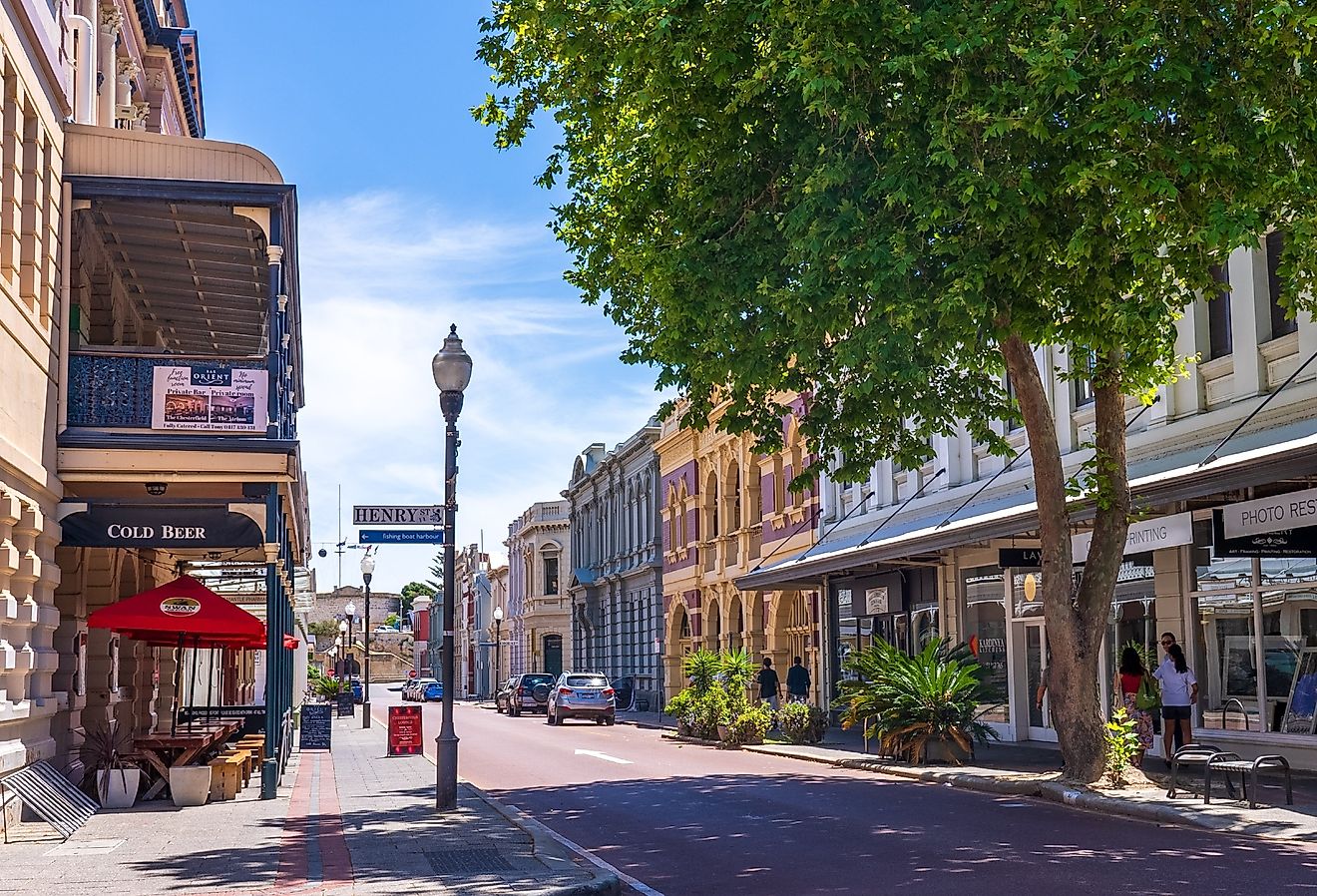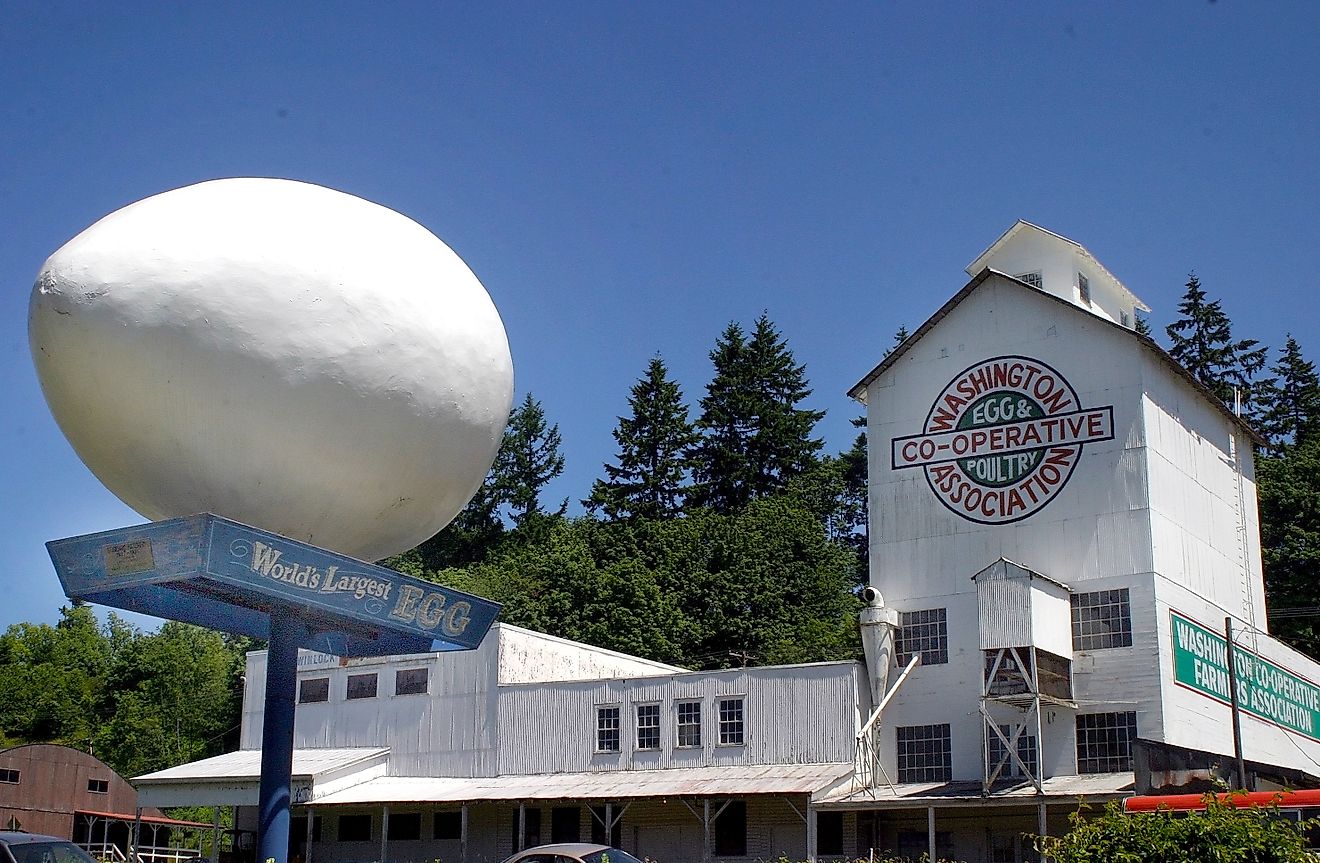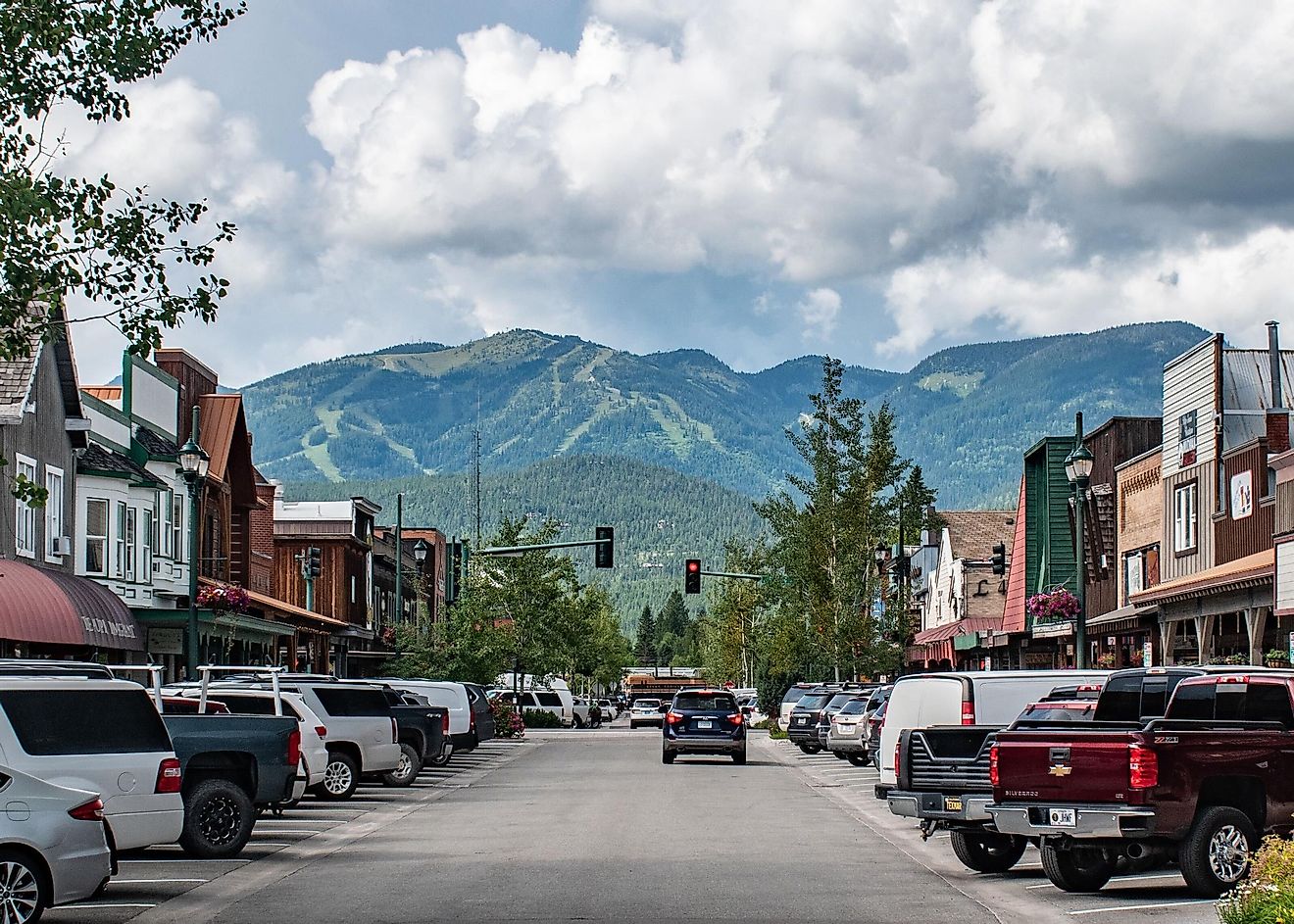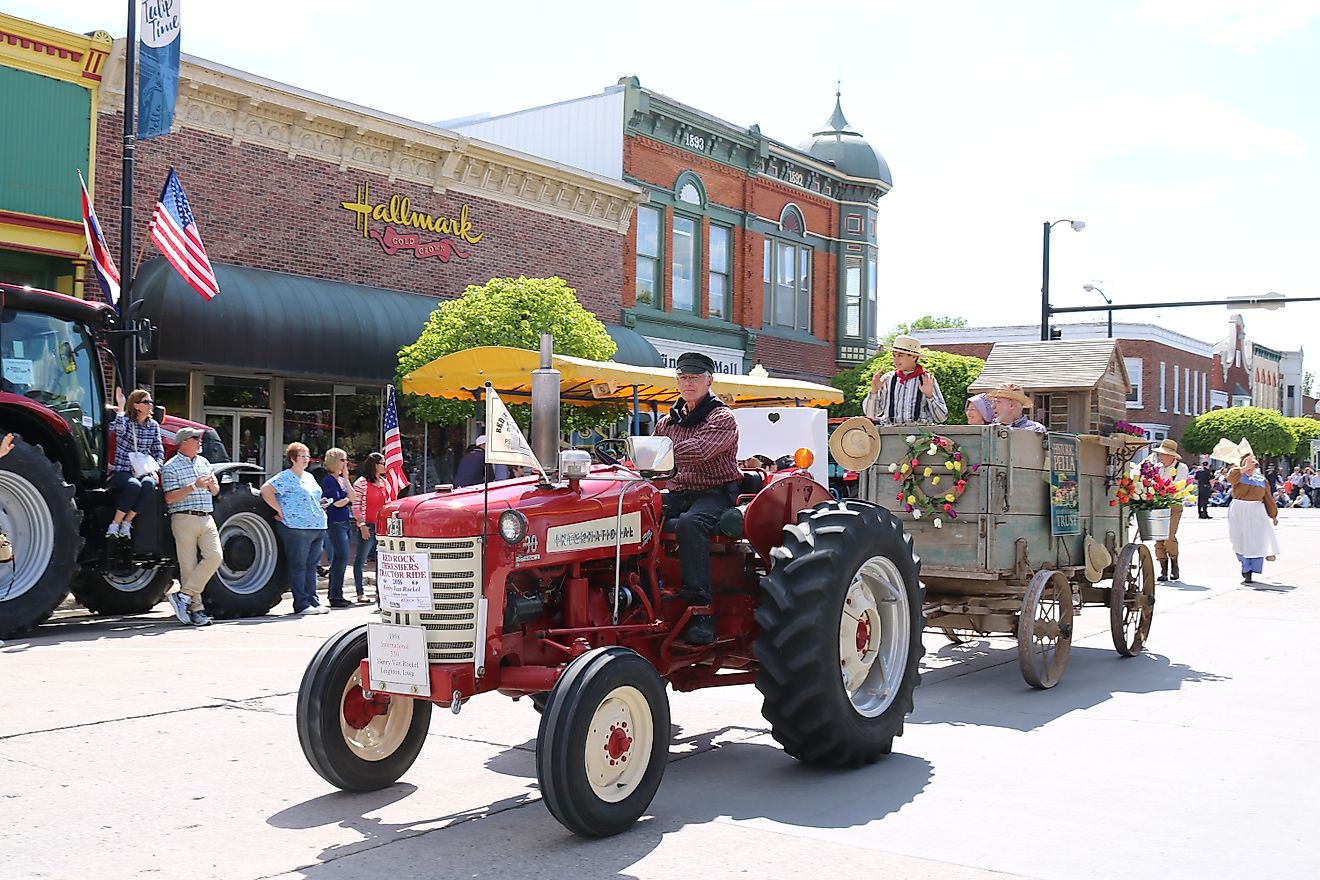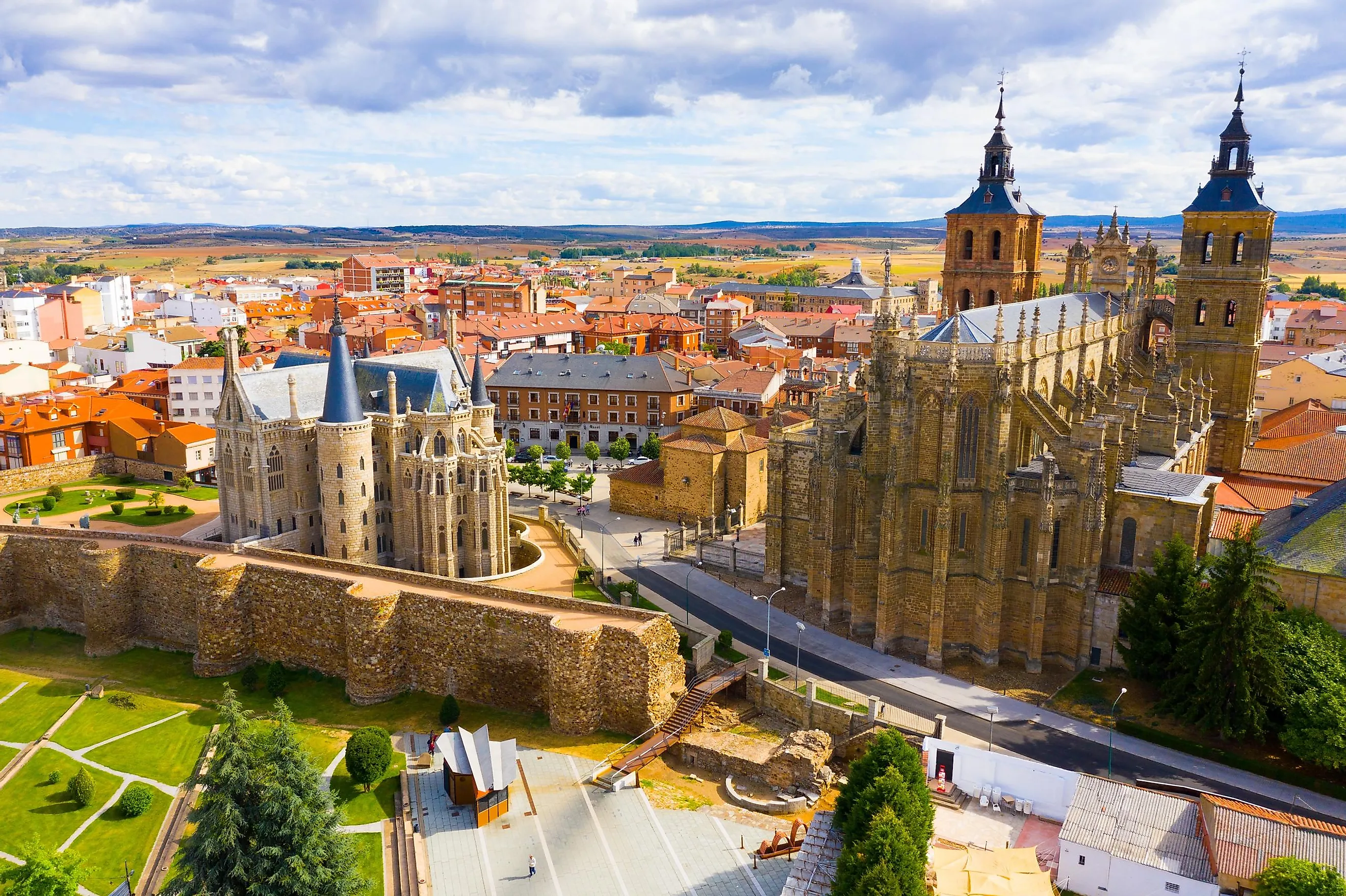
Astorga, Spain
Astorga is a municipality of just over 11,000 residents (as of the most recent 2018 estimates) in Northwestern Spain. This former Roman settlement (still partially encircled by the ancient, albeit reconstructed walls) is the capital of the traditional county, Maragatería, within the province of León, which itself is within the autonomous community of Castilla y León. It is here that two of the Camino de Santiago routes converge: the East-West Camino Frances and the North-South Via de la Plata – the latter of which follows an old Roman commercial road, sometimes also referred to as the Ruta de la Plata (Silver Route). Along with its historical and cultural significance, Astorga is also famous for its chocolate industry (there's even a museum dedicated to the heavenly treat), the 15th-century Cathedral of Astorga, and the ambitious, neo-Gothic Episcopal Palace of Astorga. The cathedral is one of only three buildings outside of Barcelona that Modernist Antonio Gaudi designed.
Geography Of Astorga
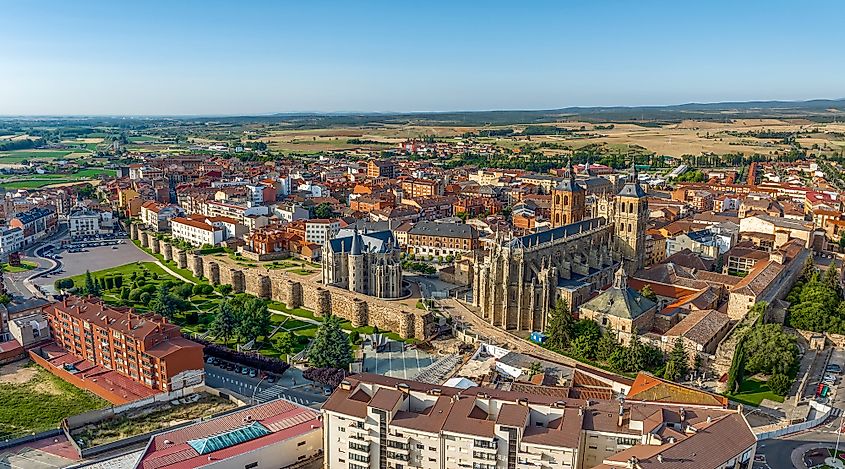
Astorga resides in the South-Central portion of the Spanish province of León, within the traditional comarca of Maragatería, of which it is the capital. León is the Northwesternmost province within the Northwestern autonomous community (i.e., the first level of political sub-region – similar to a U.S. state) of Castilla y León (or Castile and León) – the largest autonomous community in the country.
This modest municipality sits on the edge of the Montes de León at an altitude of 870 meters (2,850 feet). Astorga is bordered on three sides by minor waterways. To the South is the Rio Jerga; to the North, Arroyo de las Manzanaleas; and to the East, Arroyo de la Moldera.
The provincial capital of León is located just over 50 kilometers (31 miles) to the Northeast of Astorga. The large coastal city of Gijón is approximately 190 kilometers (118 miles) to the North. The Galician capital, famed endpoint for most of the Camino de Santiago pilgrimages, and site of one of two international airports in Northern Spain (the other being Bilbao – 388 kilometers/241 miles to the Northeast), Santiago de Compostela, is roughly 267 kilometers (166 miles) West. And the capital city of Spain, Madrid, is around 330 kilometers (205 miles) Southeast of Astorga – reachable by train via Valladolid and León in as little as three hours.
A Brief History of Astorga
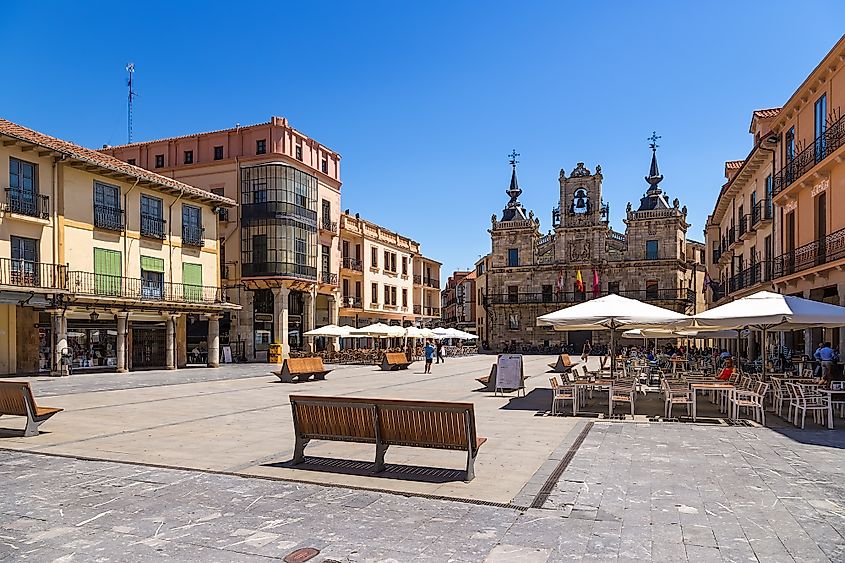
The first formal settlement to be established on the site of modern-day Asturga was of Roman creation. In 14 BC, under the reign of Emperor Octavian (aka Caesar Augustus), after whom the original name Asturica Augusta was derived, a military and administrative center emerged. The fortified walls of the Old Town harken back to this turn of the millennium event (though they were rebuilt in 1242 and continued to receive repairs throughout the Middle Ages). Exhibits at the town's Roman Museum, as well as various ruins featured across the circuitous Roman Route, provide further evidence of the empire's former occupation of these lands.
In the first century of the new millennium, Asturica Augusta expanded into what famous Roman author and philosopher Pliny the Elder came to call a "magnificent city." This was thanks to the expansion of mining operations – most notably, the nearby gold mines of Las Médulas (now a UNESCO World Heritage Site), and the copper mines of Rio Tinto, located just outside of modern-day Seville (i.e. the Southern terminus of the Vía de la Plata). Despite the misnomer, "Silver Route," this coveted mineral was not actually transported on this roughly 900-kilometer (560-mile) trade road that ran all the way North to Gijón.
Astorga witnessed many violent campaigns over the centuries, including raids by Germanic tribes (Visigoths), Muslim groups of the Al-Andalus territory (Moors) during the Reconquista, and the Napoleon-led armies of France during the Peninsular War. As such, Astruga went through notable periods of decline and resurgence.
One such phenomenon that boosted the city's notoriety was the creation of the Camino de Santiago, specifically, the Camino Frances, in the 11th century. This Catholic pilgrimage, which is currently in its prime, often begins in St.-Jean-Pied-de-Port, on the French side of the Pyrenees, and proceeds through the (now) autonomous communities of Navarre, La Rioja, and Castilla y León before finally reaching the Galician city of Santiago de Compostela, which is said to be the location of the tomb of Saint James (one of the apostles of Jesus).
Another highlight of Astorga's past was its capitalization on the chocolate industry. In 1528, Spanish conquistador Hernán Cortés brought the cacao bean back to the Old World from Mexico. Astorga jumped at the novel opportunity, becoming Europe's birthplace of the delicious indulgence. The well-received initiative grew throughout the 16th and 17th centuries, and by 1914, a peak of 49 chocolate manufacturers worked within the humble limits of Astorga. Those interested in learning more (and sampling a few treats) should visit the local Chocolate Museum.
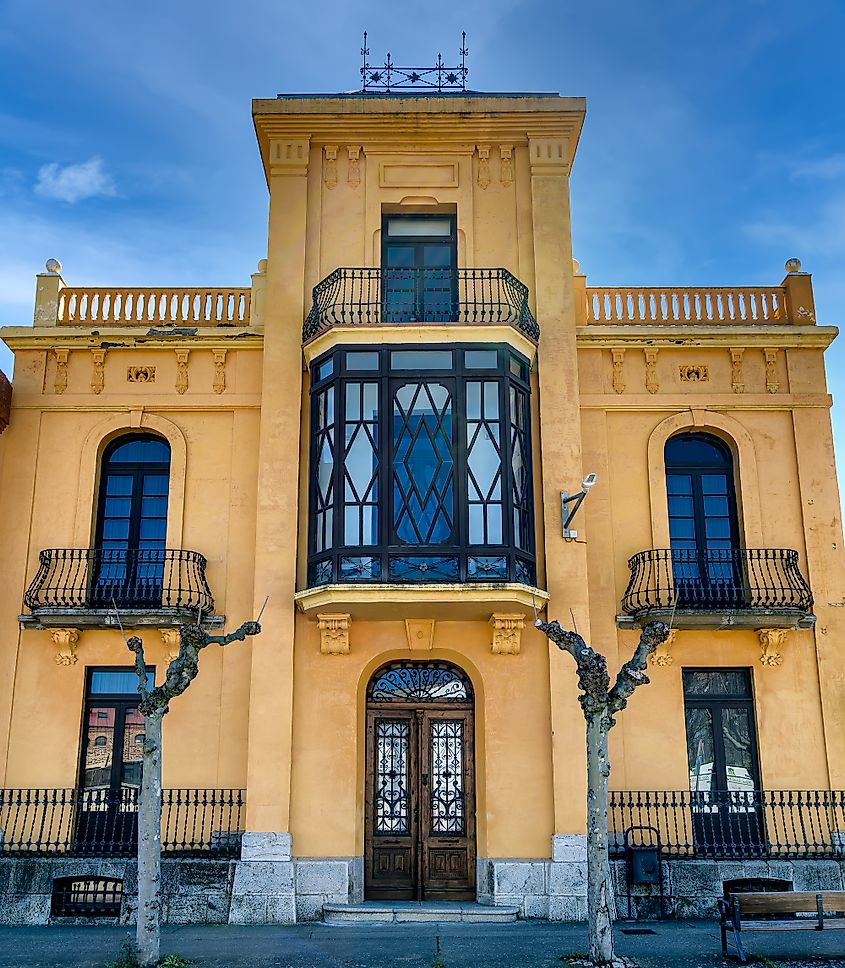
Throughout the 18th and 19th centuries, Astorga expanded outside of the Old Town perimeter. Its continued evolution was accelerated by the arrival of the railway in the second half of the 18th century, the growth of agriculture-based industries, and the continued increase in pilgrims/other tourists happily embracing the marvelous attractions around town.
The Main Attractions of Astorga
Along with the aforementioned Roman walls/ruins/museum and the tantalizing chocolate museum, there are some fascinating feats of living architecture in Astorga, most notably the Santa Maria Cathedral (La Catedral de Santa Maria de Astorga), Town Hall, and the Episcopal Palace – all of which are collected within the walled Old Town.
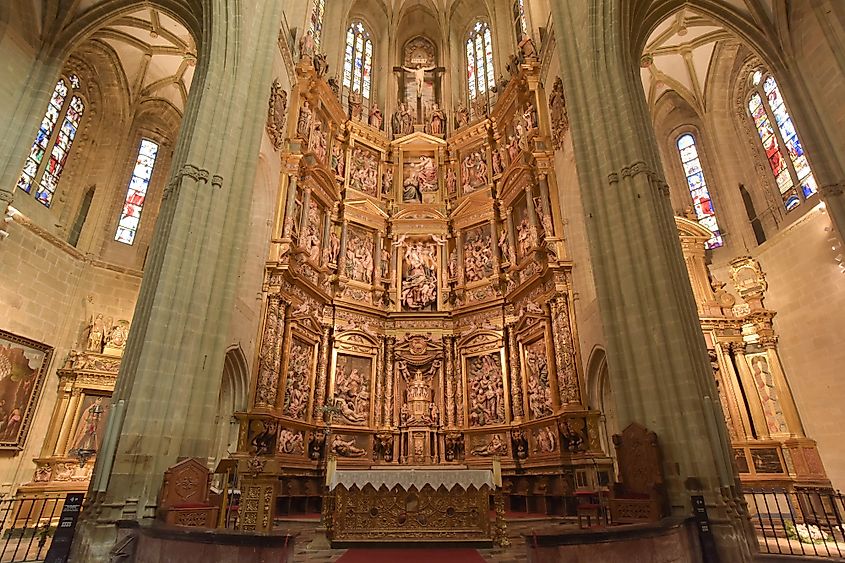
No Spanish town, let alone Camino town is complete without a grand church. The Santa Maria Cathedral was constructed between the 15th and 18th centuries on the site of a Romanesque church. It exudes a variety of styles, including late Gothic, Baroque, Renaissance, and Plateresque. Inside, the octagonal High Altar, the silver chest of Alfonso III (aka Alfonso the Great), and the Diocesan Museum are of particular interest.
The 17th-century Baroque facade of Astorga's Town Hall is the focal point of Plaza Mayor (the Old Town's main square). The twin towers and long front-facing balcony catch the eye, and the striking of the central bronze bell each hour certainly catches one's ear. The large, open plaza and outdoor patios filled with relaxed pilgrims give this part of town a similar feel to the nearby Camino stops of León (East) and Ponferrada (West).
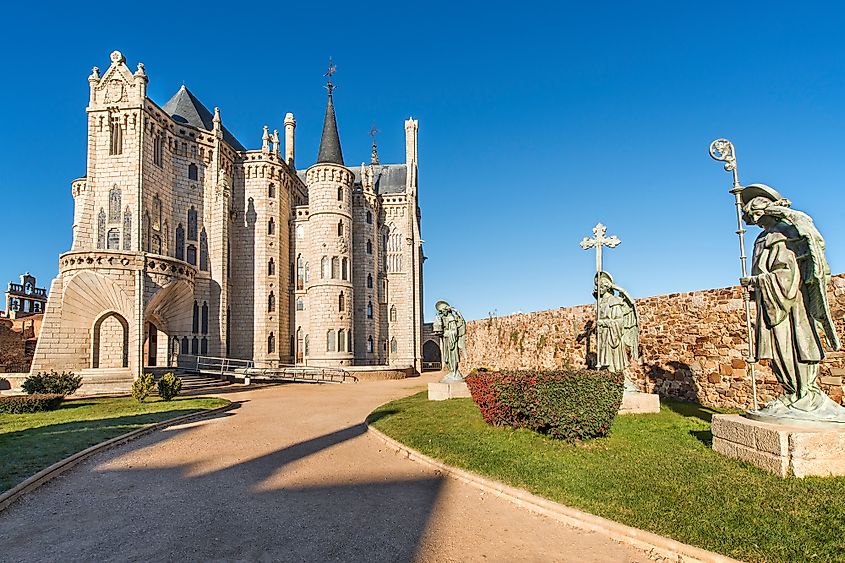
The most sought-after monument in Astorga is the product of revolutionary Modernist architect Antonio Gaudi. The dazzling (albeit eccentric) Episcopal Palace was constructed for the Bishop of Astorga but, because of its opulence, was rejected by the church as appropriate living quarters. Instead, it houses the Museo de los Caminos – making it an extra-special pit-stop for passing pilgrims or anyone looking to learn more about the history of the spiritual rite of passage.
The Local Gastronomy
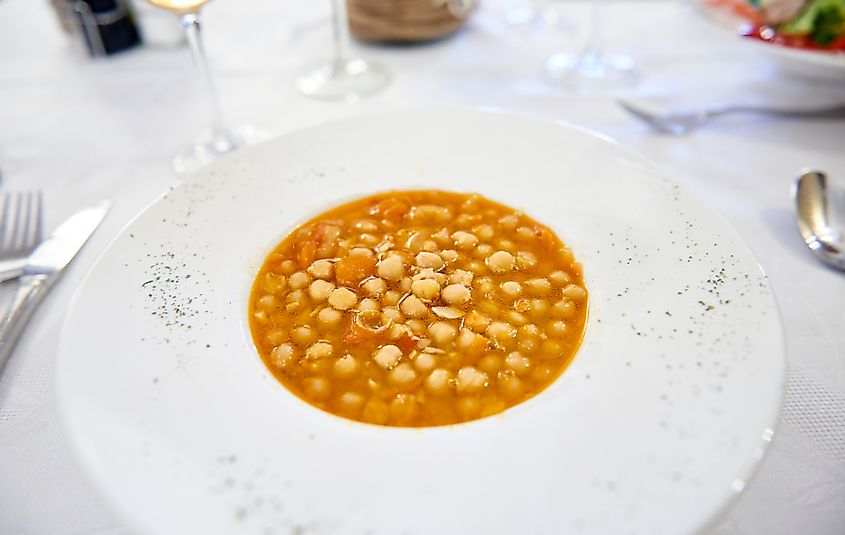
Astorga is a great place to try the traditional dishes of the León province. Cocido maragato is a stew composed of chickpeas and cabbage that is typically served after a meat-based main course. Cecina (cured smoked beef) and botillo (smoked pork sausage) are particularly popular. Fish dishes (namely cod and trout) are also commonly featured. The generous climate of Northwestern Spain provides a range of tasty produce, such as pippin apples, cherries, pears, peppers, and chestnuts. Additionally, the adjacent comarca of El Bierzo is famous for its Destination of Origin wines, and its empanadas are nothing to sneeze at either. Try out as many plates as you can by hopping around the various tapas bars scattered throughout the Old Town.
A celebrated stop along the Camino Frances and the Via de la Plata, a vital pawn in Rome's expansion across the Hispania/Northern Iberian Peninsula, and a modern-day delight packed with inspiring artistic and culinary expressions, Astorga is full of surprises. Such a relatively small place may not make the immediate list of prospective Spanish tourists, but for a memorable and authentic experience combined with a few unexpected twists, Astorga, which is just a train trip away from the capital, is the way to go.
